Have you been astounded by the beauty and magnificence of the wildlife and places in the latest BBC nature documentary, Wild Isles? Make a point to visit them and see for yourself our nature first-hand. Our expert guide gives you a chance to learn more about the locations featured in each episode as they are broadcast.
“In my long life, I’ve been lucky enough to travel to almost every part the globe and gaze upon some of its most beautiful and dramatic sights,” says Sir David Attenborough, series presenter.
“But I can assure you that nature in these islands, if you know where to look, can be just as dramatic and spectacular as anything I’ve seen elsewhere. The British Isles are globally important for nature. In this series we’ll show you why that is so and celebrate the wonders of these islands that we call home.”
Episode 3 locations: Grasslands
We've picked out some of the best wildlife action and behaviour captured for episode 3 of Wild Isles – and the grassland locations where they were filmed.
Konik ponies in the Fens
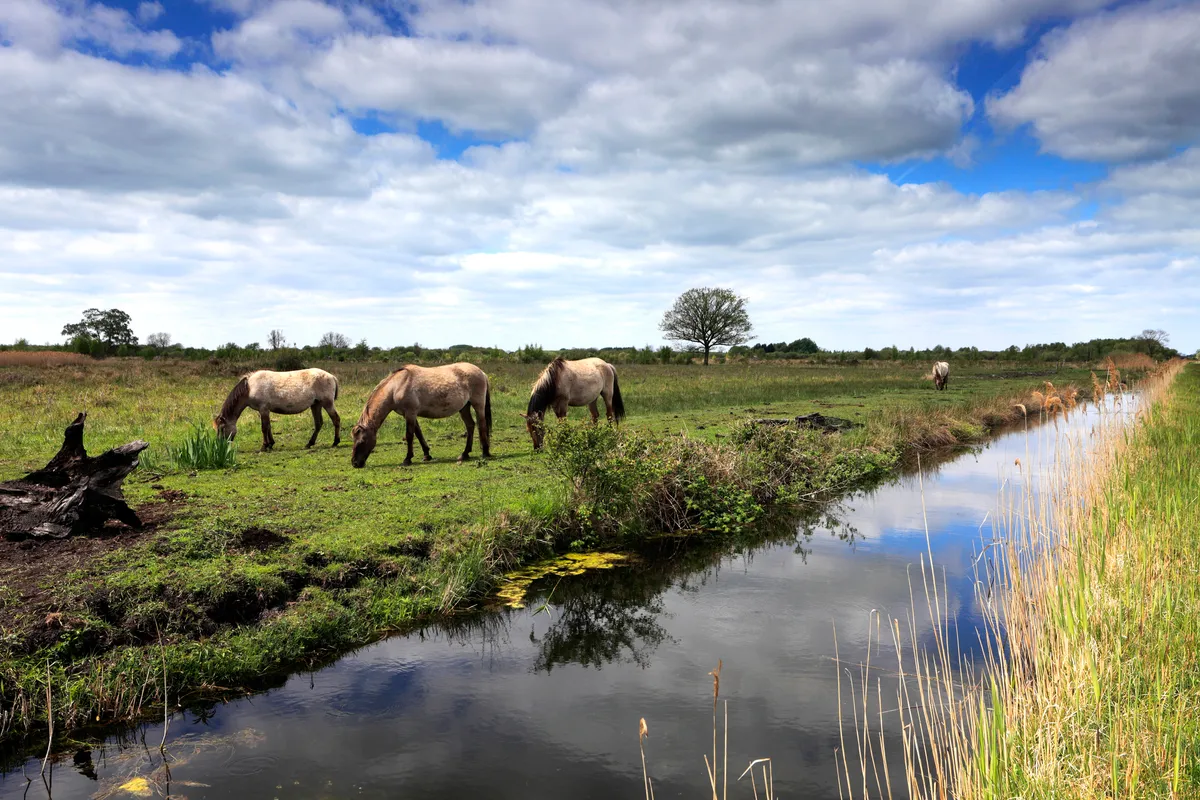
These small horses, which originate from Poland, are increasingly used to maintain precious grassland habitats in the UK – replicating the positive impact of large herbivores that are now largely absent from many landscapes. One such area featured in Wild Isles is Wicken Fen, a precious area of rare wetland in Cambridgeshire that teems with rare wildlife.
Explore Wicken Fen for yourself
Listen to our Plodcast about the wildlife of Wicken Fen
Large blue butterflies in the Polden Hills, Somerset
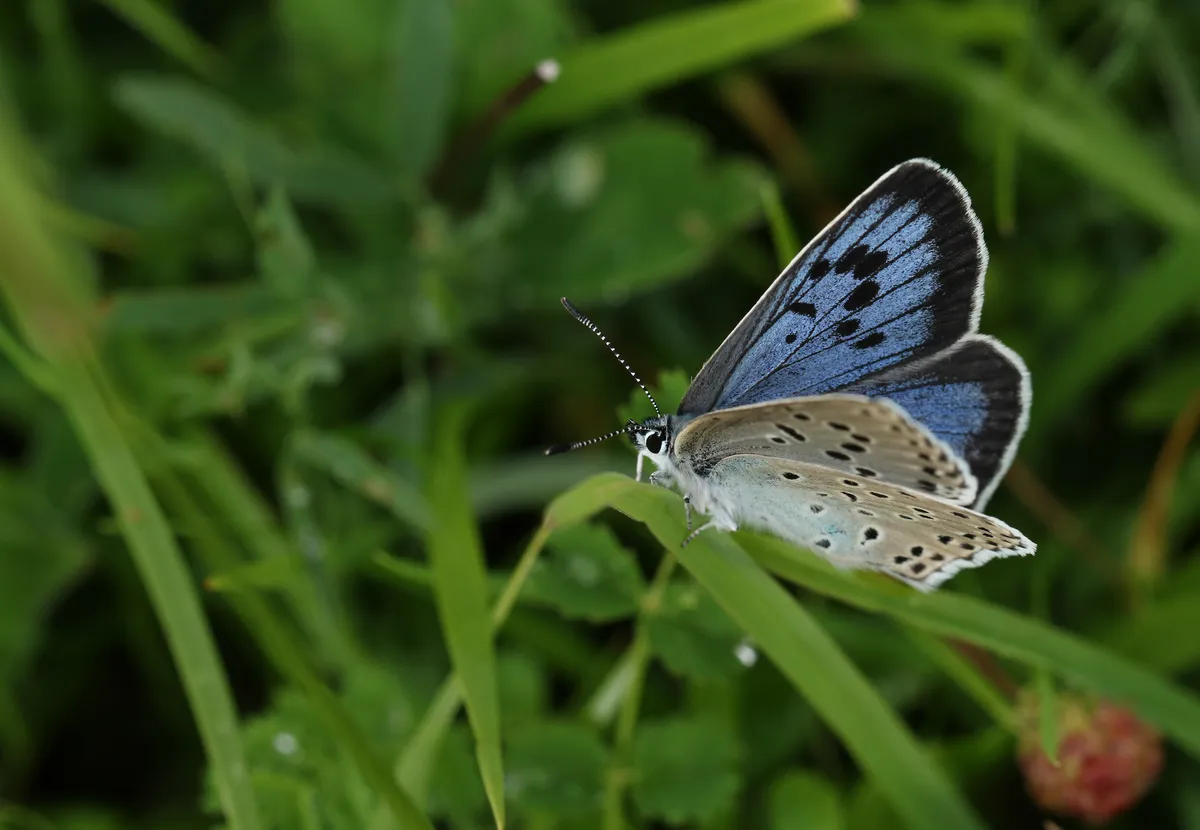
Having fallen extinct in the 1970s, the large blue butterfly was reintroduced to a line of low hills in North Somerset – but only after scientists had understand the extraordinary role ants play in this beautiful insect’s lifecycle. Follow the story in episode 3 of Wild Isles.
Look for large blues in the Polden Hills
How rabbits shaped the Brecklands of East Anglia
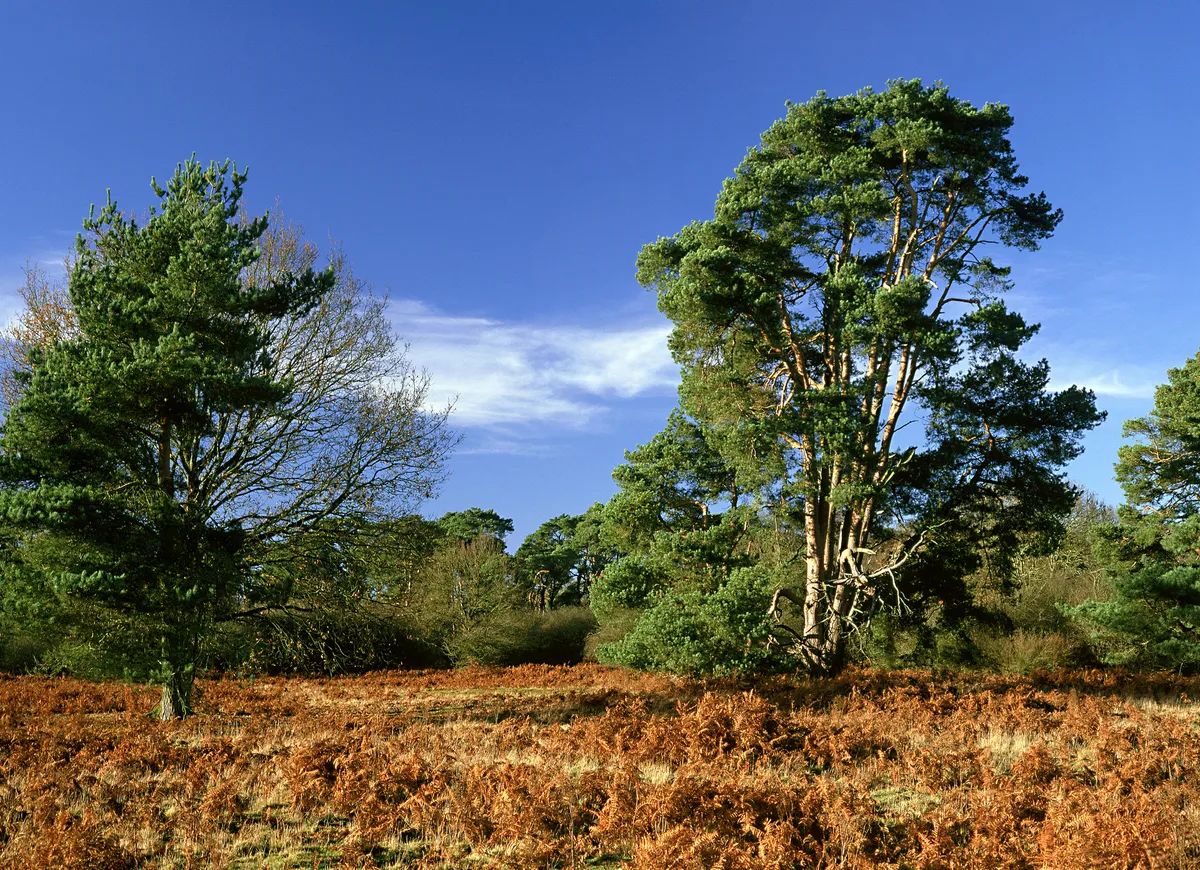
The sandy, dry grasslands of East Anglia are closer to the Steppes of Eastern Europe and Central Asia rather than anything else in the British Isles. However, the close-cropped, plant-rich sward is maintained mostly by the nibbling of rabbits. Wild Isles explores the important role rabbits play in creating habitat for a host of rare species.
Explore the extraordinary landscape of the Brecks for yourself
https://www.countryfile.com/go-outdoors/days-out/day-out-the-brecklands-norfolk-and-suffolk/
Episode 2 locations: Woodlands
We've picked out some of the best wildlife action and behaviour captured for episode 2 of Wild Isles – and the woodland or forest locations where they were filmed.
The Cairngorms: Red squirrels
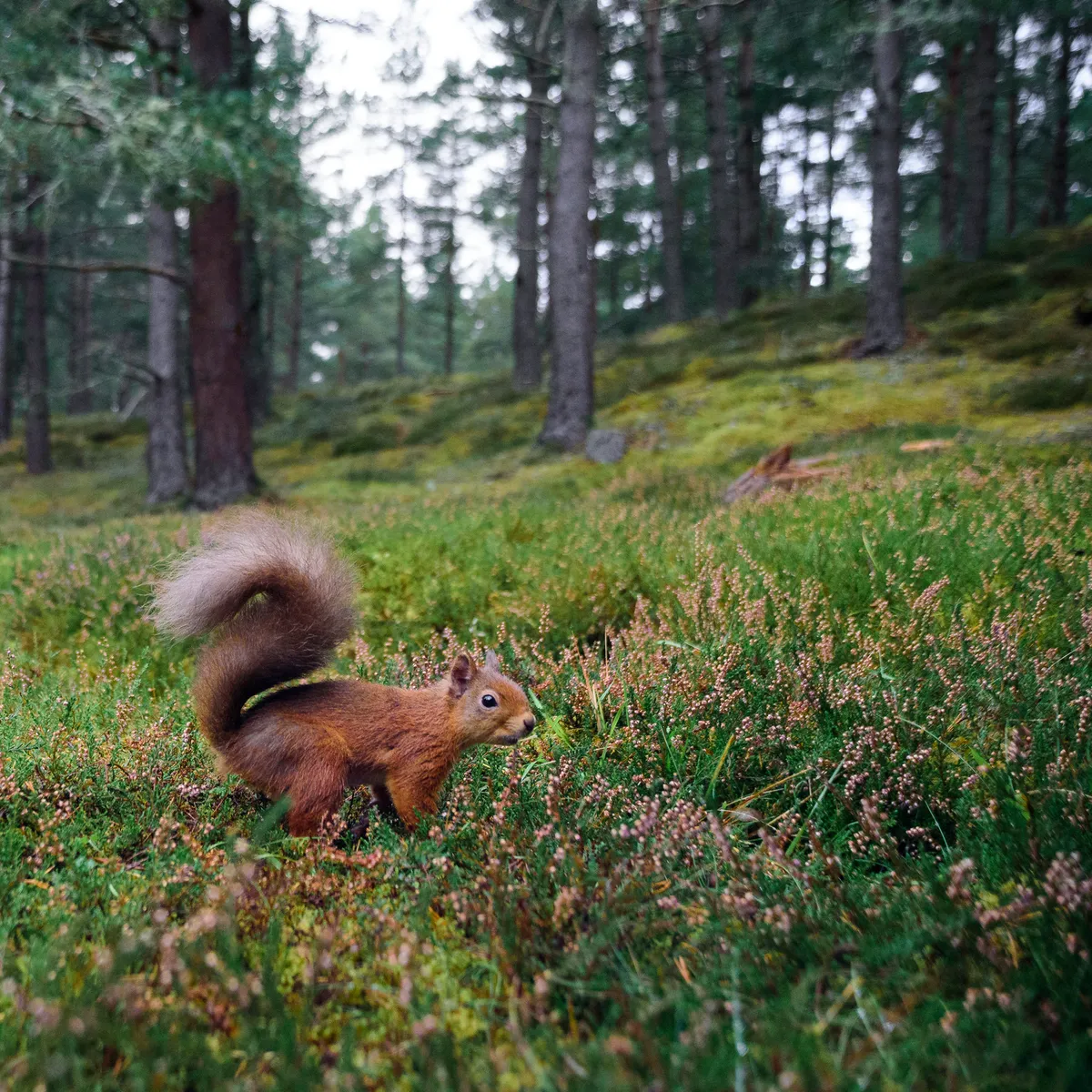
The characterful red squirrel has disappeared from much of Britain due to pressure from the non-native grey squirrel. However, in the Cairngorms of north-east Scotland, reds flourish as the greys have not reached this landscape and Wild Isles was able to capture incredible footage of the reds in the Rothimurchus Estate.
Enjoy our walks in the Cairngorms
The Forest of Dean: Robins and wild boar
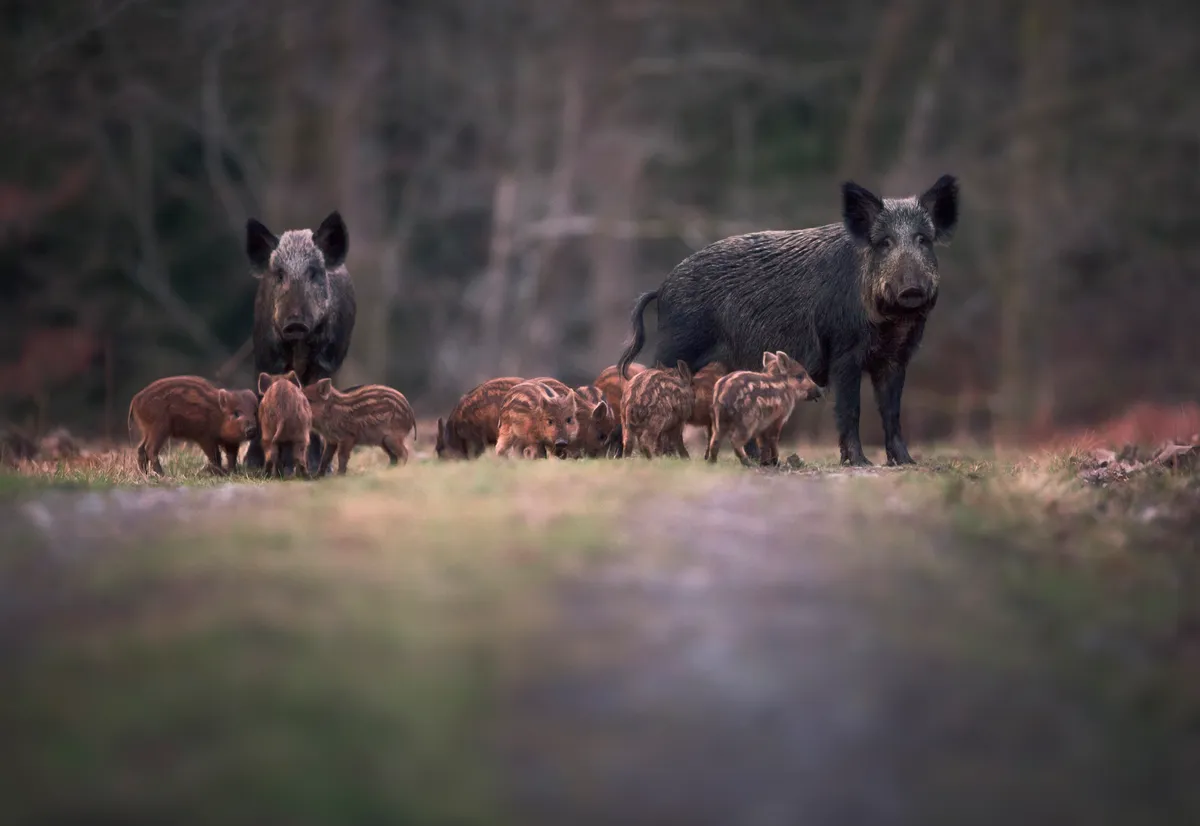
The Forest of Dean is the backdrop for a re-awakening of an ancient partnership between a bird and a boar. Have you ever had a robin hunting worms and other morsels you as you dig over the veg bed? It’s following an age-old instinct that its ancestors learned from hanging about near wild boar. As the pigs rootle around, they reveal tasty treats for the birds. As wild boar have reestablished themselves in the Forest of Dean, robins have relearned to forage in the pigs’ earthworks.
- Enjoy this walk in the Forest of Dean.
- Listen to our mindful Plodcast in the Forest where we encounter wild boar
Kingley Vale, Sussex: the Flowering Forest
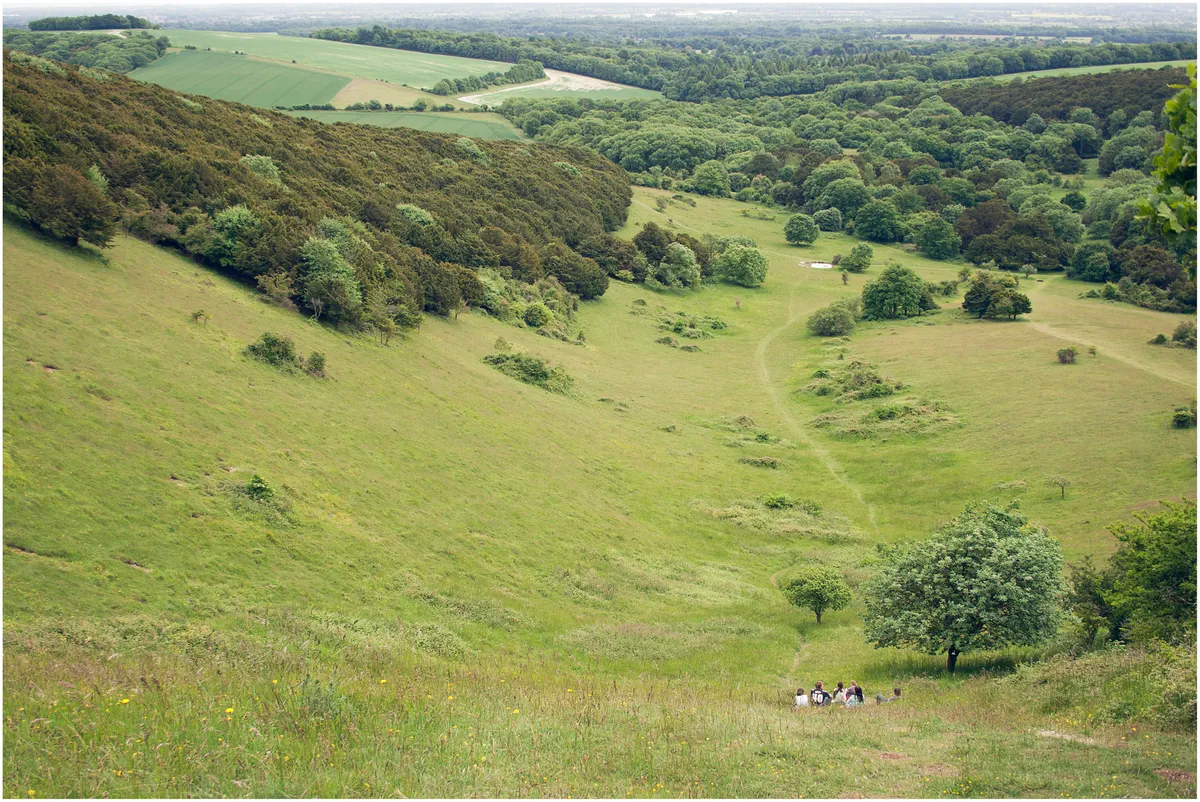
Celebrate the first flowers of the year – which stir on the woodland floor before the trees open their leaves and close out the light to ground below. Also, the Wild Isles film-makers were keen to explore the drama of tree-flowers and how trees such as hazel, willow and yew use the wind to carry their pollen.
The Cairngorms: Capercaillie
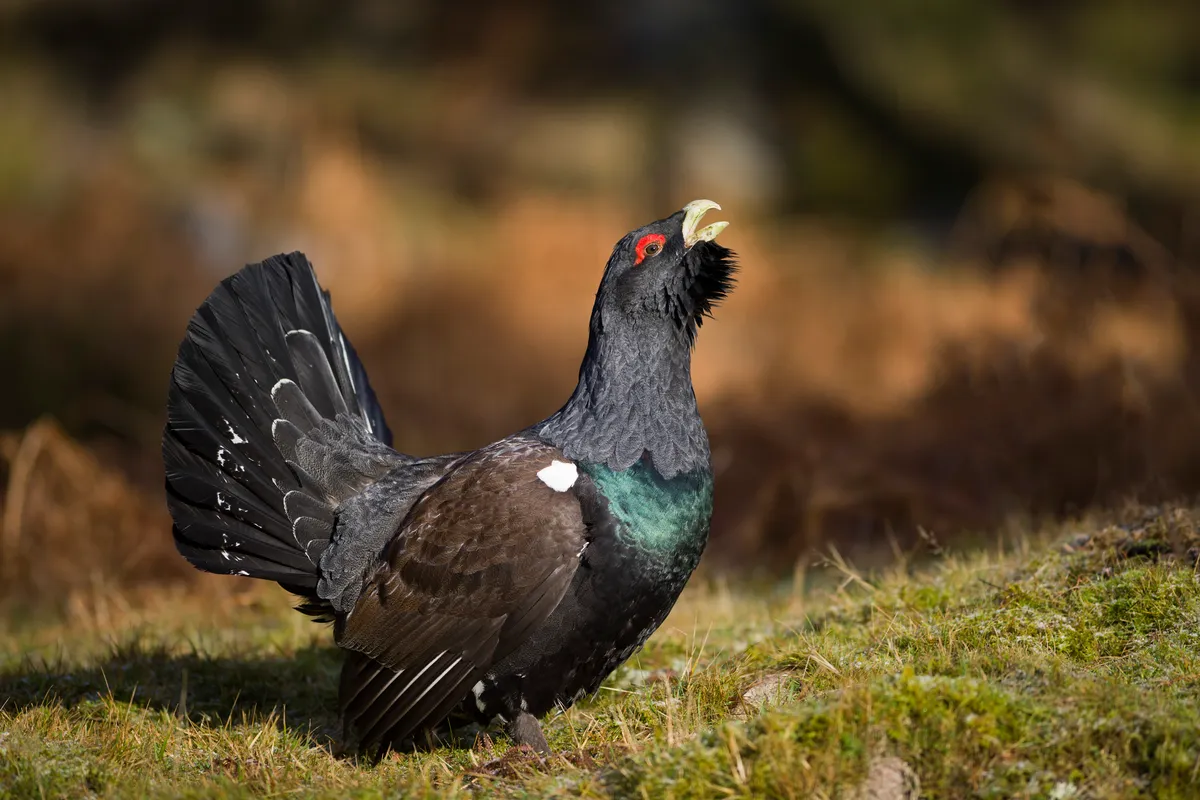
The turkey-sized capercaillie and his pheasant-sized mate are the woodland stars of the ancient Caledonian forests featured in episode 2. This sequence was filmed largely in the Cairngorms national park.
Discover more about capercaillies and how to see them – plus details on other rare birds in Britain.
The might wood ant – Burnham Beeches
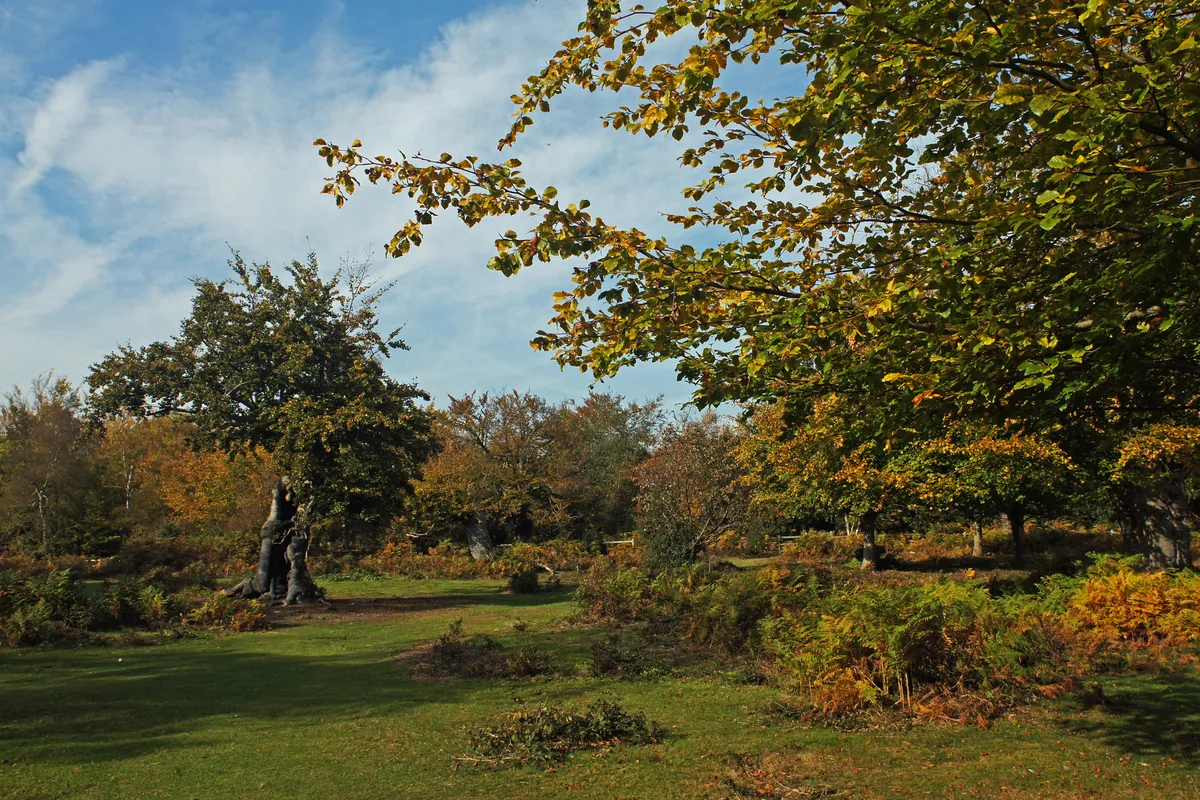
Wood ants are Britain’s largest ant – reaching 10mm in length. Their huge mound-like nests are only found in ancient woodland. Wood ant societies are fascainting and formidable – the ants can be foresters, carers, farmers, soldiers, engineers – and hunters.
The sequences was filmed at Beeches National Nature Reserve – one of the best examples of ancient woodland in Britain.
Dartmoor: slug-mating
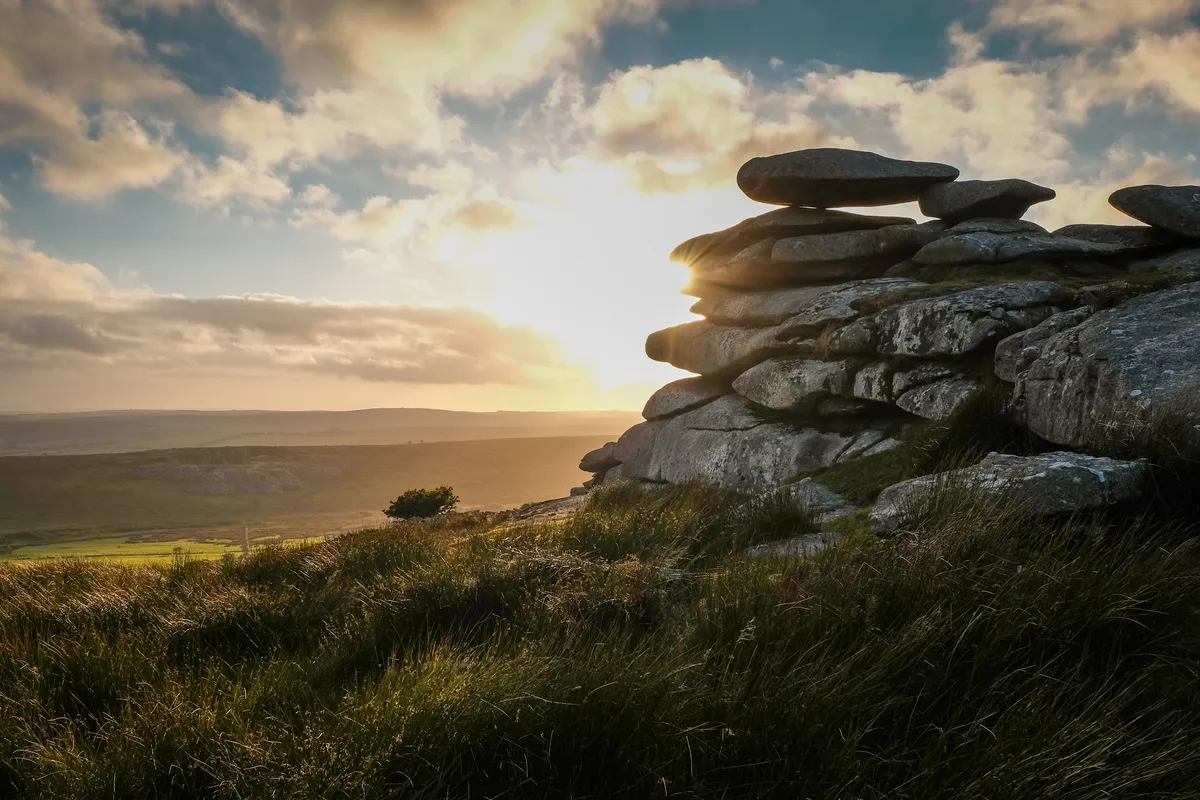
Slugs are often the gardener’s worst enemy and we frequently recoil from these slimy gastropods. Yet the filming sequence captured on Dartmoor of the mating dance of the ash-black slug reveals beauty and wonder in these overlooked and unloved creatures.
Look for them on these walks on Dartmoor – especially in woodland.
Knepp Estate, Sussex: purple emperor butterfly
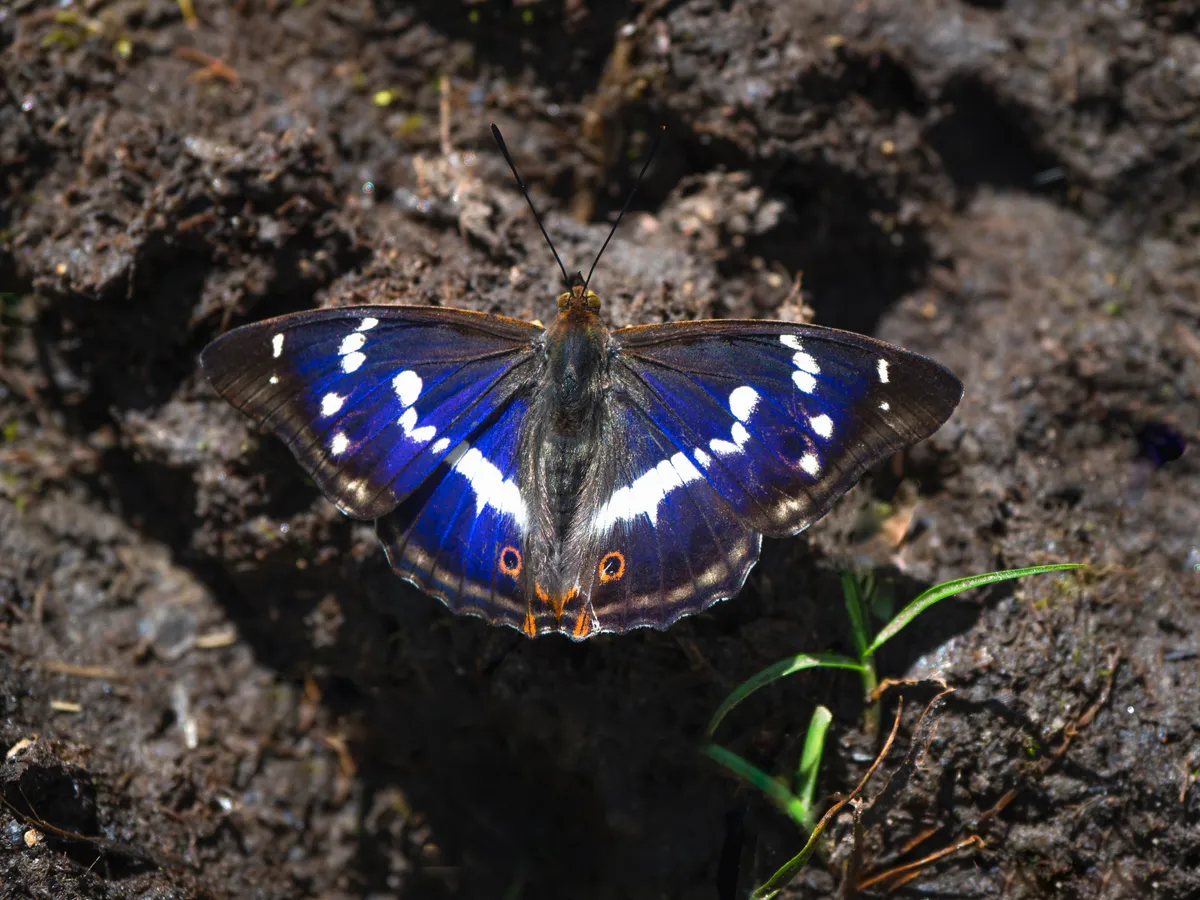
Our second-largest butterfly is an enigma. Aggressive yet aloof and elusive, it flashes iridescent purple in sunlight. Unlike most native butterflies, it does not drink from flowers but prefers to feed on fox scat, horse dung and even human urine.
The amazing insights into this incredible insect’s life were fimed at the rewilded estate of Knepp in Sussex.
The New Forest: Honey buzzards
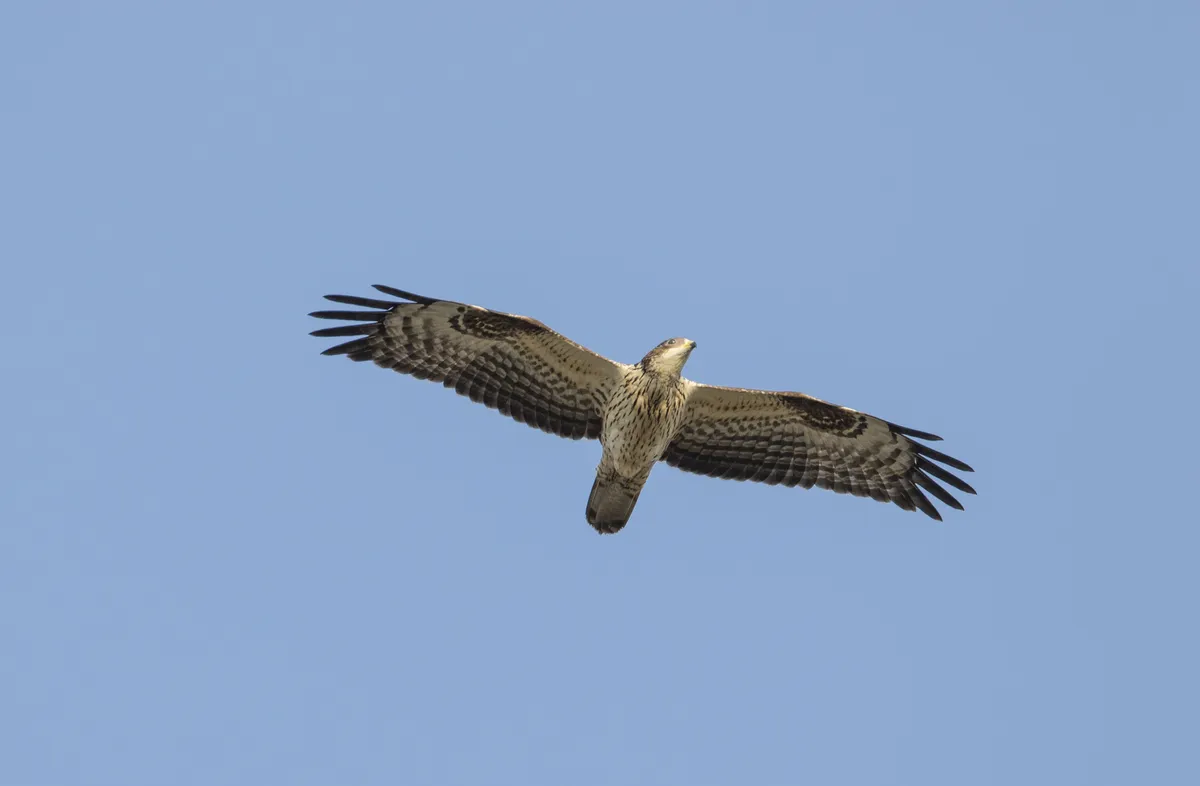
One of our least-known raptors, the honey buzzard is a summer visitor that haunts are deepest woods. It feeds mostly on wasps and bees – or more strictly, the nests full of juicy larvae. How it finds the nests is the subject of a magical filming sequence set in the New Forest.
- Discover more about the New Forest in our guide to the National Park
- Learn more about honey buzzards with our enchanting Plodcast tracking these rare birds in South Wales
Tatton Park: Fallow Deer rut
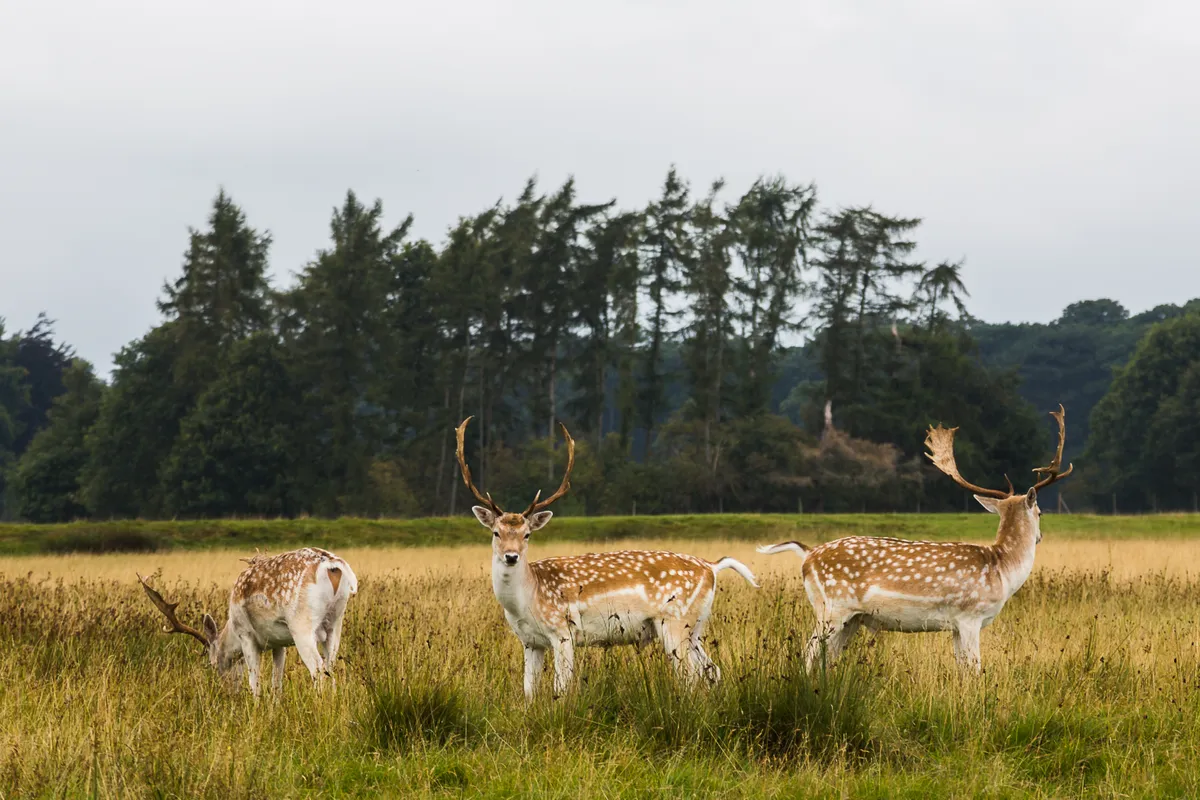
Wild Isles follows the lives of this graceful deer through the rutting season in autumn. Males – bucks – defend woodland territory and a group of females from other males but this can lead to conflict. The dramatic action was captured at Knepp in Sussex and also at Tatton Park in Cheshire.
Bodmin Moor: Starling roost
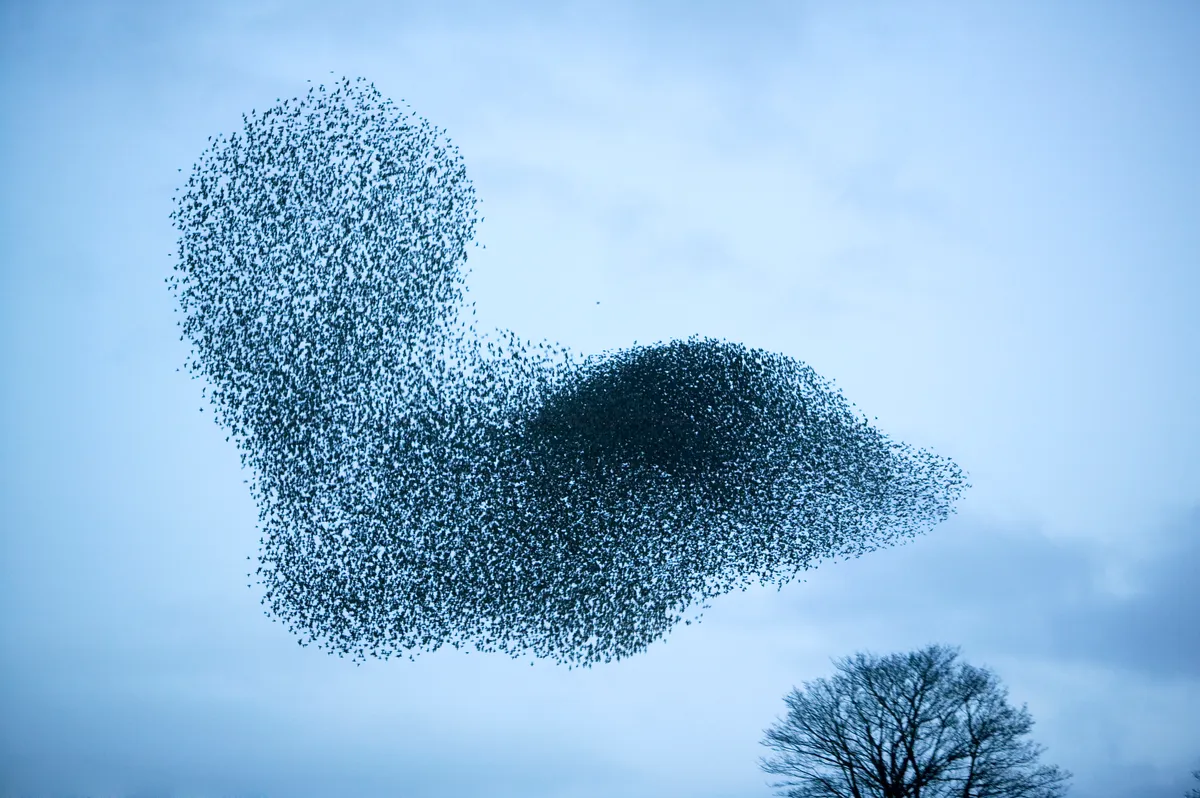
The great winter starling roosts – known as murmurations – have in recent years become famous as one of Britain’s most spectacular wildlife displays. Just before roosting at dusk, the birds gather in hug flocks, often performing breath-taking aerial displays as the birds weave and surge almost as one creature. Wild Isles focuses on one particular location: Bodmin Moor in Cornwall.
Episode 1 locations: Our precious isles
Shetland: Orcas hunting seals
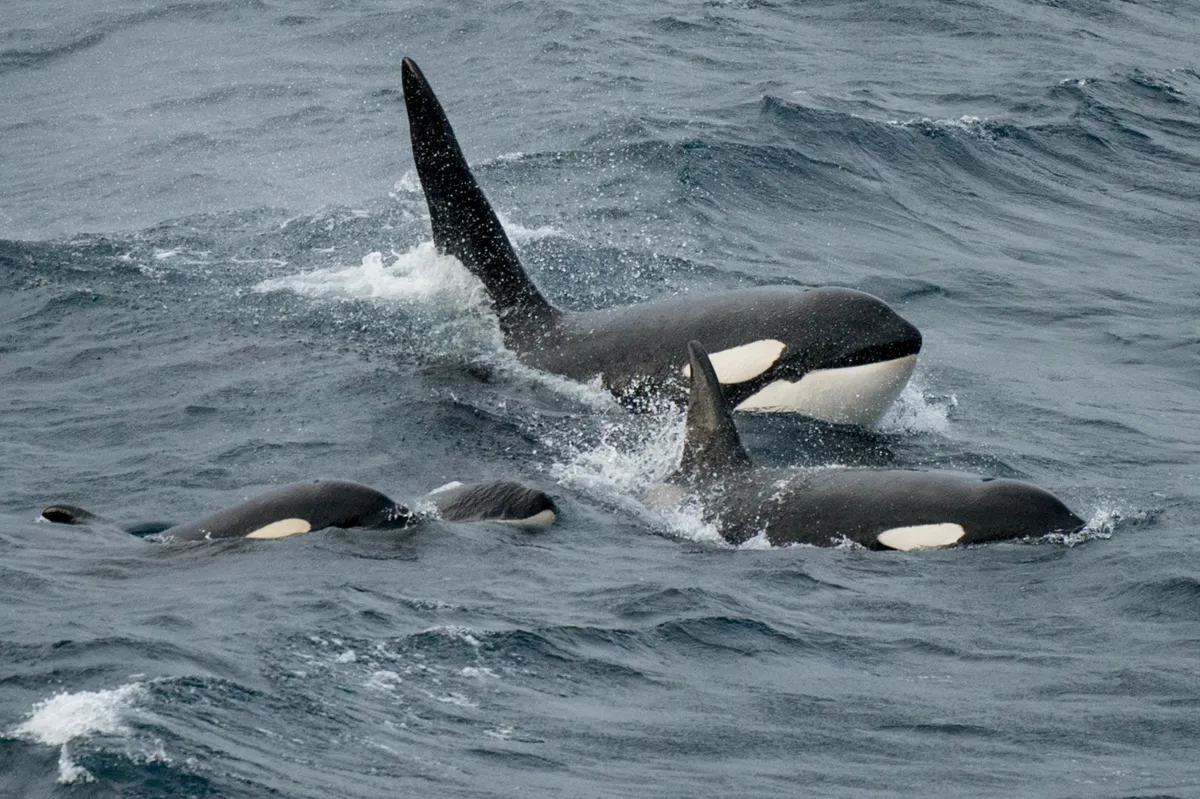
Shetland is the only place in the British Isles where orcas breed. The team filmed this footage over three years using drones and specialist camera equipment on board their boat. The crew were in contact with a group of about 250 local people who helped them to trace the orca along the coast.
Cairngorms, Loch Lomond and Trossachs National Parks: golden eagles
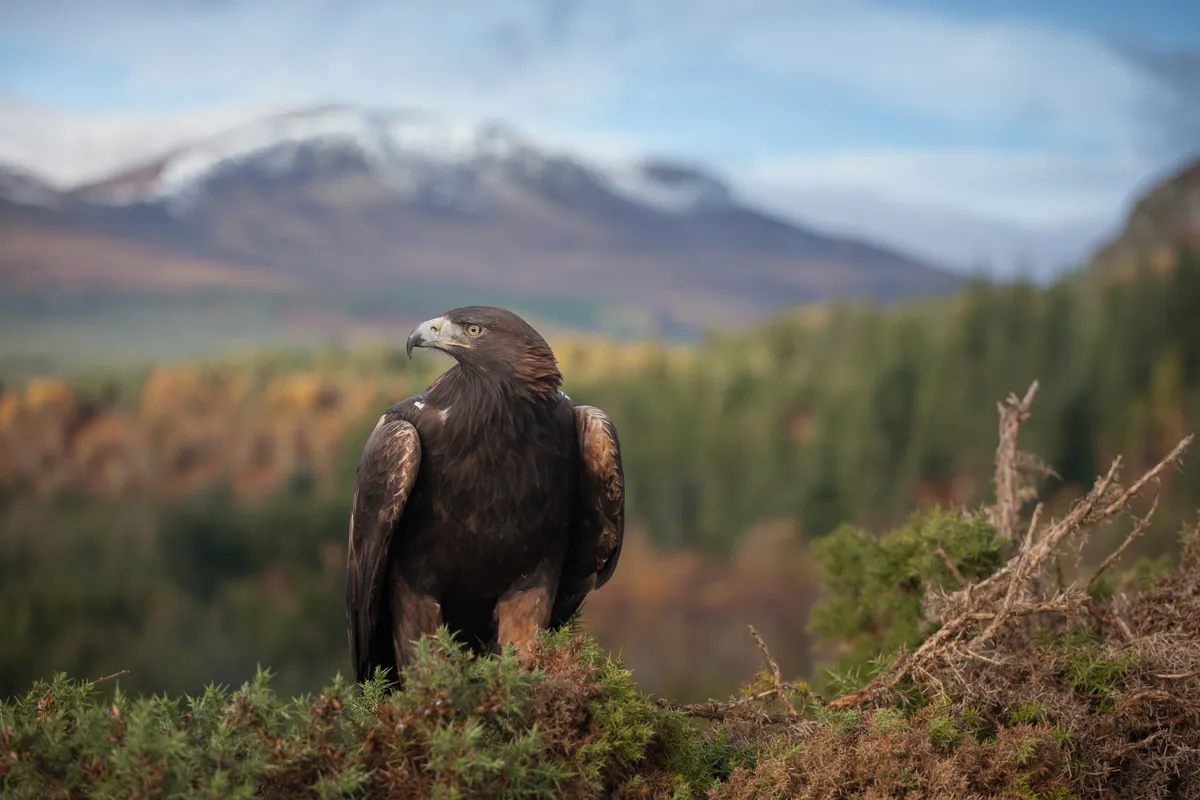
Wild Isles explores how golden eagles carve out an existence in the often challenging habitat and climate of this massive mountain range. The Cairngorms offers a stirring landscape of towering trees, shimmering lochs and majestic wildlife but can experience winter conditions to match the Arctic. For all wild creatures there, even the mighty eagles, life exists on a knife edge.
The area was designated as a national park in 2003, and later extended in 2010. It is our largest national park – almost twice the size of the Lake District – and home to four of the five highest mountains in Britain.
Loch Lomond and the Trossachs National Park was established on 8 July 2002 and became operational on 19 July 2002. Five days later, on 24 July, the park was formally opened by Anne, Princess Royal.
The national park is known for its beautiful lochs and imposing mountains – there are 21 Munros (mountains over 3000ft/914m) and 19 Corbetts (2,500ft-3,000ft/762m-914m).
Loch Lomond is the largest waterbody in the park, stretching 5 miles (8km) across at its widest point and 24 miles (39km) long. It has the largest surface area of any Scottish loch and is 190m deep and its deepest point.
UK-wide: Mighty oak trees
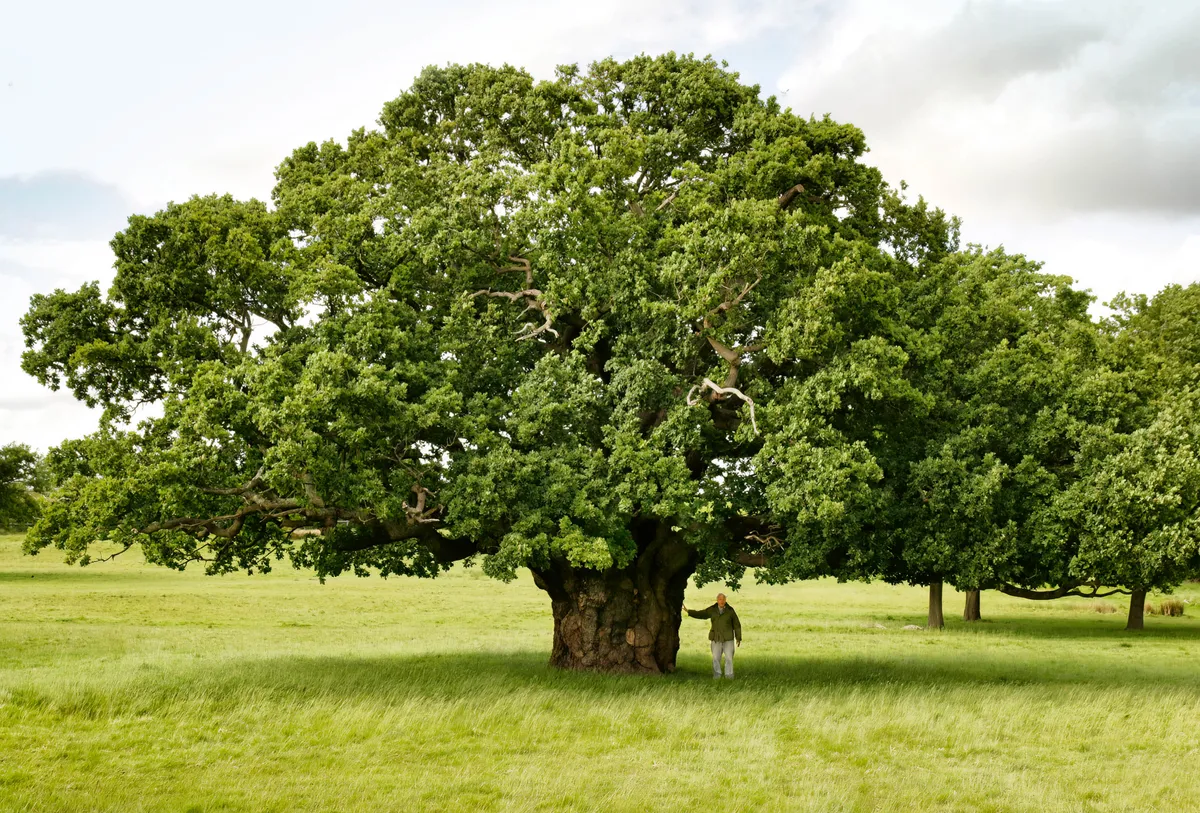
Of all Britain's trees, one name conjures a greater sense of majesty and legend more than any other: the oak and the myriad wildlife it hosts make a star appearance in the opening episode of Wild Isles.
The oak tree is entwined within British history and culture, and plays a vital role in our natural history. But there is more than just a singular species.
There are two native species of oak in the UK – the English (or common) oak and the sessile oak – as well as several more introductions or ornamental varieties, including the holm oak, Turkey oak, cork oak and northern red oak.
Find out more about oak trees in our guide
UK-wide: Badgers and bluebells
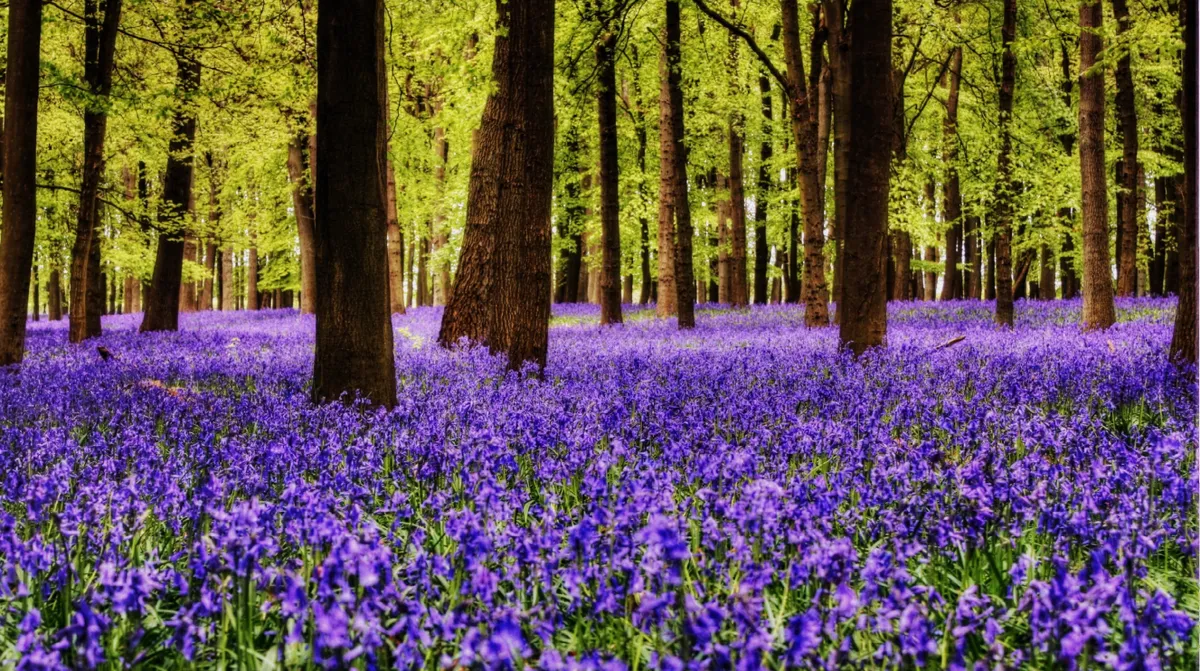
Taking a woodland walk among bluebells is one of the most thrilling things you can do in the British countryside in spring. According to the Wildlife Trusts, Britain has about 50% of the world’s bluebell population – a key reason for their appearance in episode 1.
Seeing a vivid carpet of delicate bluebells on the woodland floor is a seasonal delight and is one of the early signs of spring.
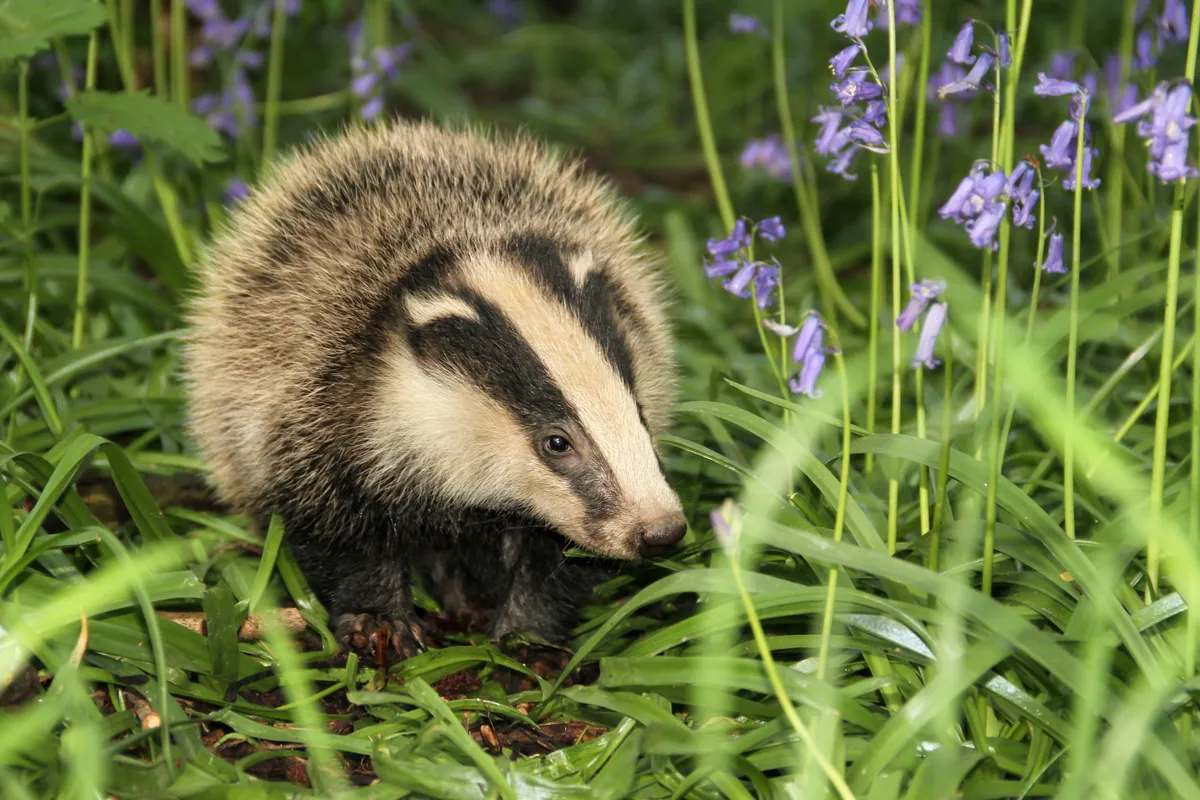
Badgers are Britain’s largest remaining land carnivore – and the UK has one of the densest populations of these sociable animals. The cubs emerge around the same time as bluebells – an irresistible opportunity for the Wild Isles film-makers to celebrate the magic of our ancient woods in spring.
Islay, Inner Hebrides: Wild geese
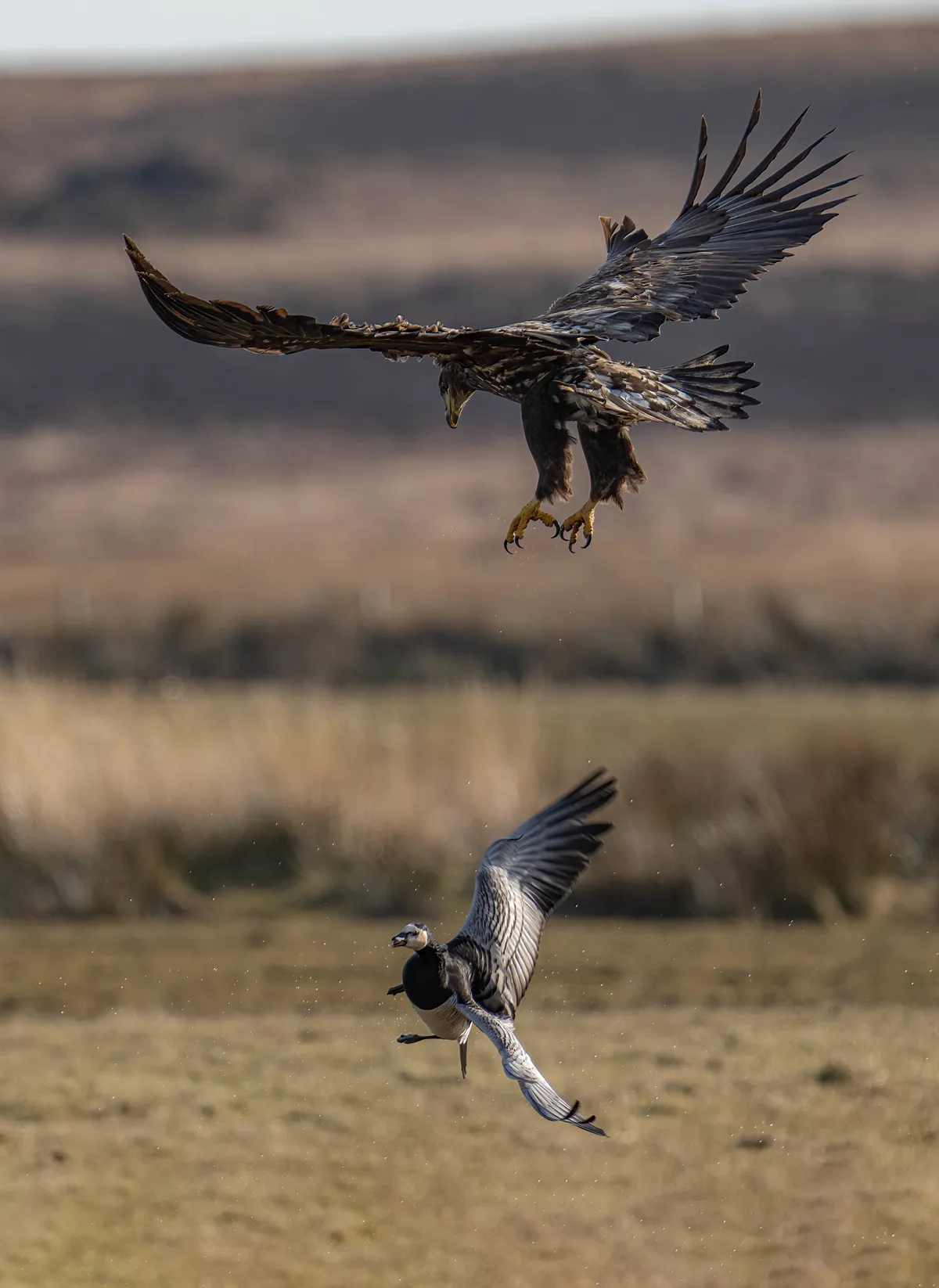
Episode one features some extraordinary footage of white-tailed eagles hunting Greenland white-fronted geese on the island of Islay. The geese arrive in autumn from Greenland – and as they refuel head-down on vegetation, the eagle strikes, hoping to surprise its prey.
The white-tailed eagle is the UK's largest bird of prey, but remains scarce. Breeding and reintroduction programmes are particularly prevalent on the west coast of Scotland, but in recent years there have been more intensive efforts made across the rest of the British isles.
- Our guide takes a closer look at this spectacular bird, revealing information on how to identify them, what they eat, where they live, mating behaviour, reintroduction programmes, and wingspan.
River Isle, Somerset: magical river life
Stunning images of kingfishers catching tiny fish and banded demoiselles performing their graceful aerial mating dances are a reminder of how precious our rivers and other freshwater habitats are.
The demoiselle feature was filmed on the River Isle in the Somerset Levels – a rare example of a relatively unpolluted waterway in southern England. For an audio adventure on the river Isle, listen on.
- Podcast: Tales from the riverbank part 1 - a relaxing day's angling in Somerset
- Podcast: Tales from a Somerset riverbank part 2
And for more inspirational adventures among aquatic life, join filmmaker Jack Perks in another of our award-winning Plodcasts.
Bass Rock: gannets
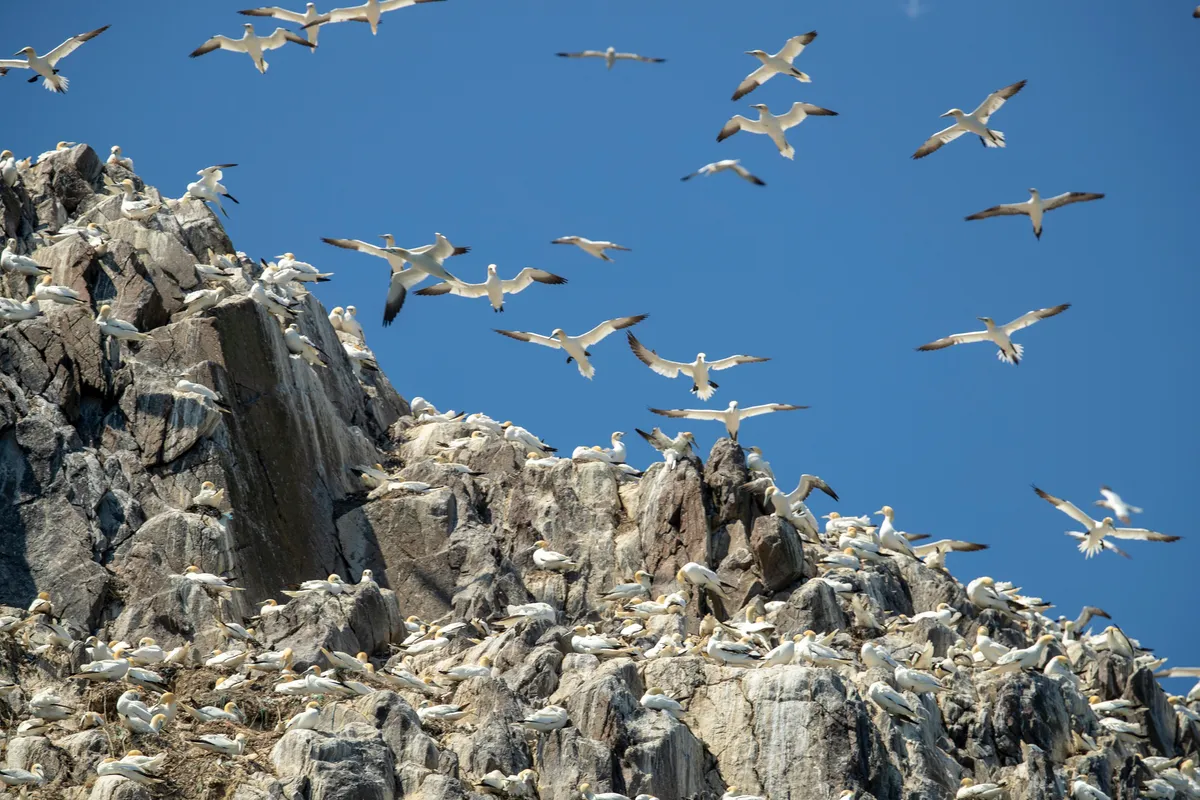
Arguably Britain’s greatest wildlife treasure is its astonishing populations of seabirds. Being and island helps, of course, but a significant proportion of the world’s guillemots, puffins, gannets and Manx shearwaters breed on our cliffs and islets. Perhaps the most spectacular location is Bass Rock in the Firth of Forth. In summer, 150,000 birds gather here, and from a distance the island appears snow-white due to the density of the birds.
North coasts: Puffins and pirates
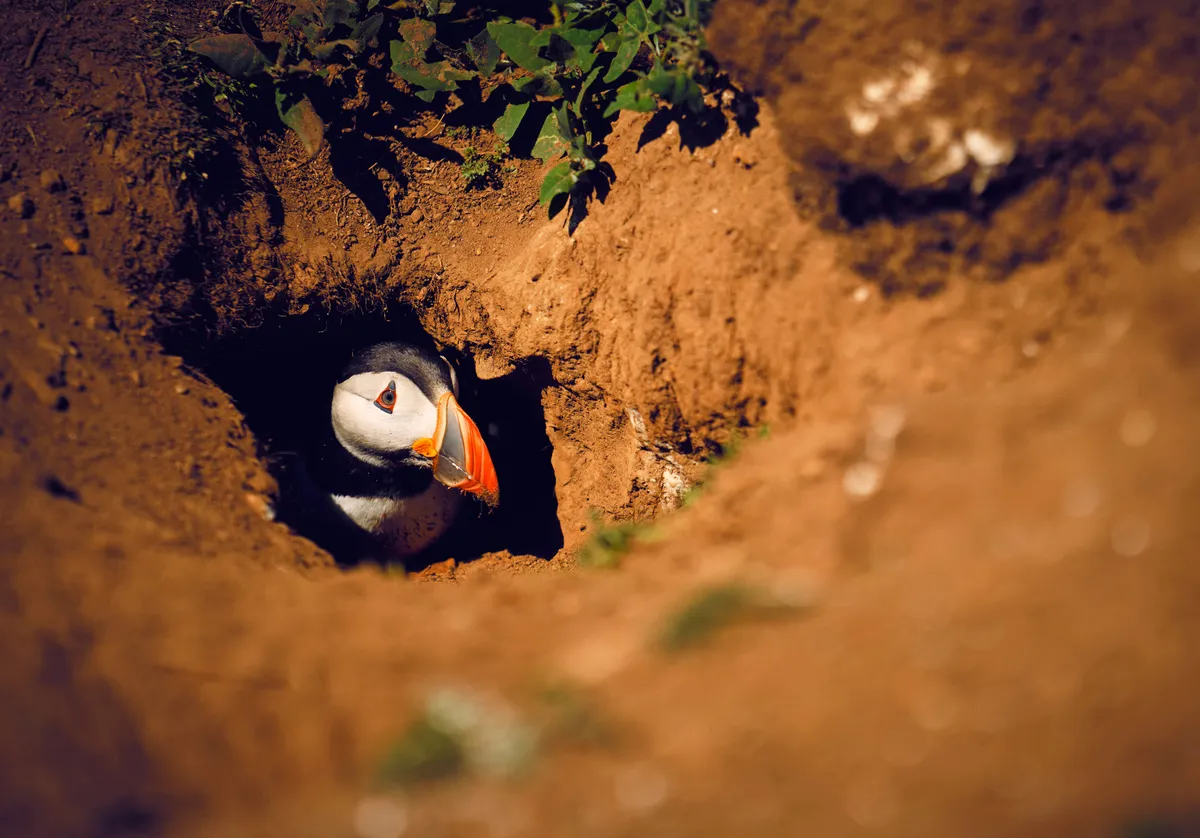
Some 450,000 puffins make their nests on the coasts of the British Isles – coming ashore in spring after a winter feeding far out in the Atlantic. Wild Isles caught up with these characterful birds at two locations – the Farne Islands off the Northumberland Coast and the island of Skomer, Pembrokeshire. Here, the film-makers captured the action as the puffins run the gauntlet of a range of raiding gulls, who try to steal the puffins' catch as they make their way back to the nesting burrow. But the puffins have evolved their own extraordinary strategy to beat the pirates.
The geology of the Wild Isles explored in Episode 1.
Episode 1 of the Wild Isles series examines our diverse geology in a fabulous array of locations. Explore them with our walks and days out.
1. Wastwater and Wasdale, Cumbria
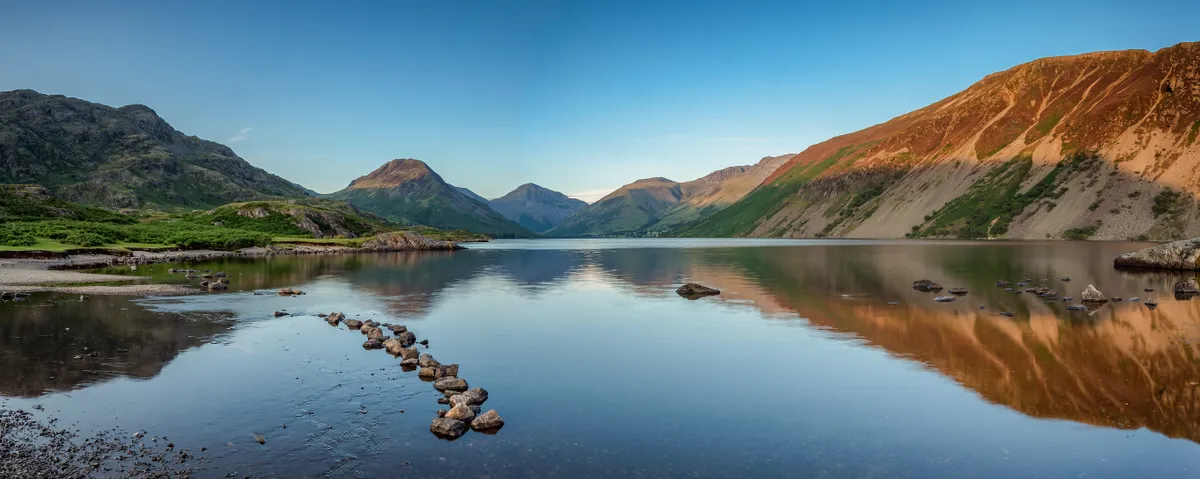
Wastwater is a 3-mile (5km) long lake within Wasdale and is surrounded by some of the mightiest peaks within the Lake District including Great Gable and Scafell Pike. At 79m deep, Wastwater is England’s deepest lake.
Check out our walking guides to Wasdale and around the Wasdale Head Inn.
2. Old Harry's Rocks, Dorset
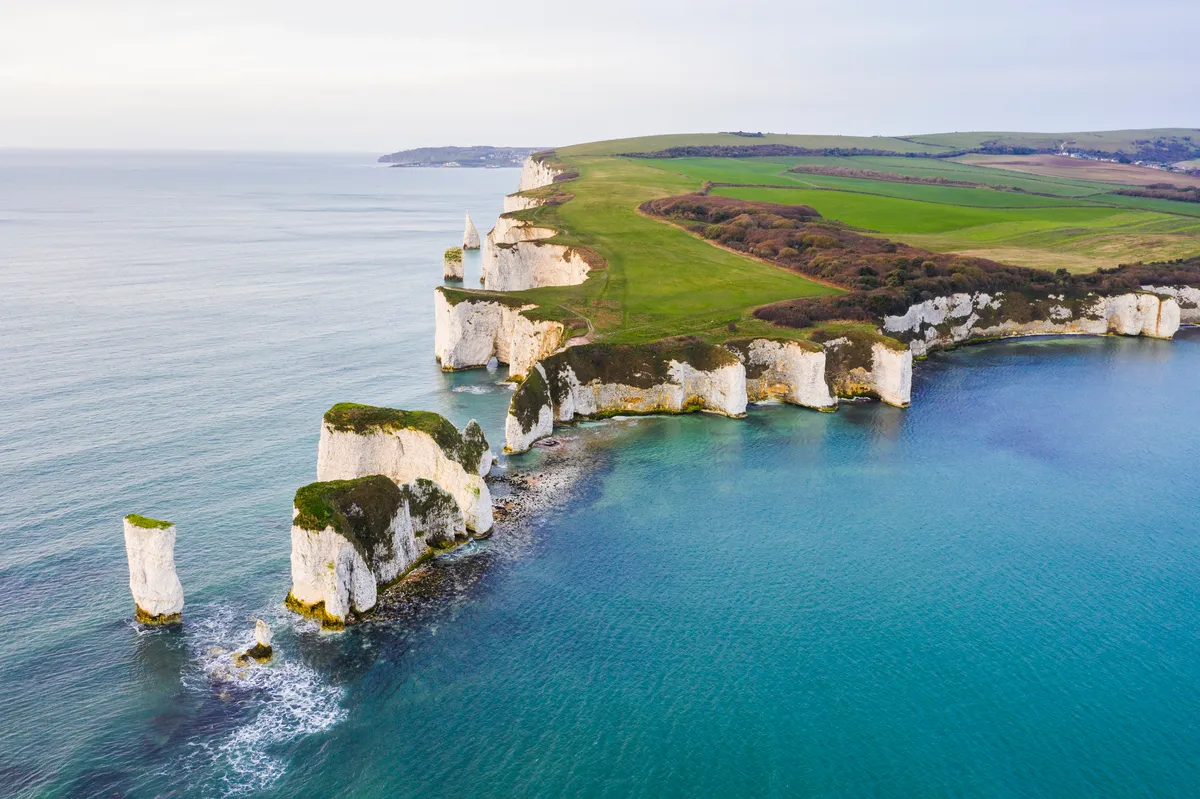
These chalk pillars stand in the sea at the end of Handfast Point in Studland Bay on the Dorset Coast. Old Harry and The Needles (another chalk rock formation) on the Isle of Wight were linked by a line of chalk hills that eroded away during the last ice age. On a clear day you can see The Needles from Studland Bay. The name Harry may come from a local pirate, Harry Paye.
Try our walk around Studland Bay with superb views of Old Harry's Rocks
3. Glen Affric, Scottish Highlands
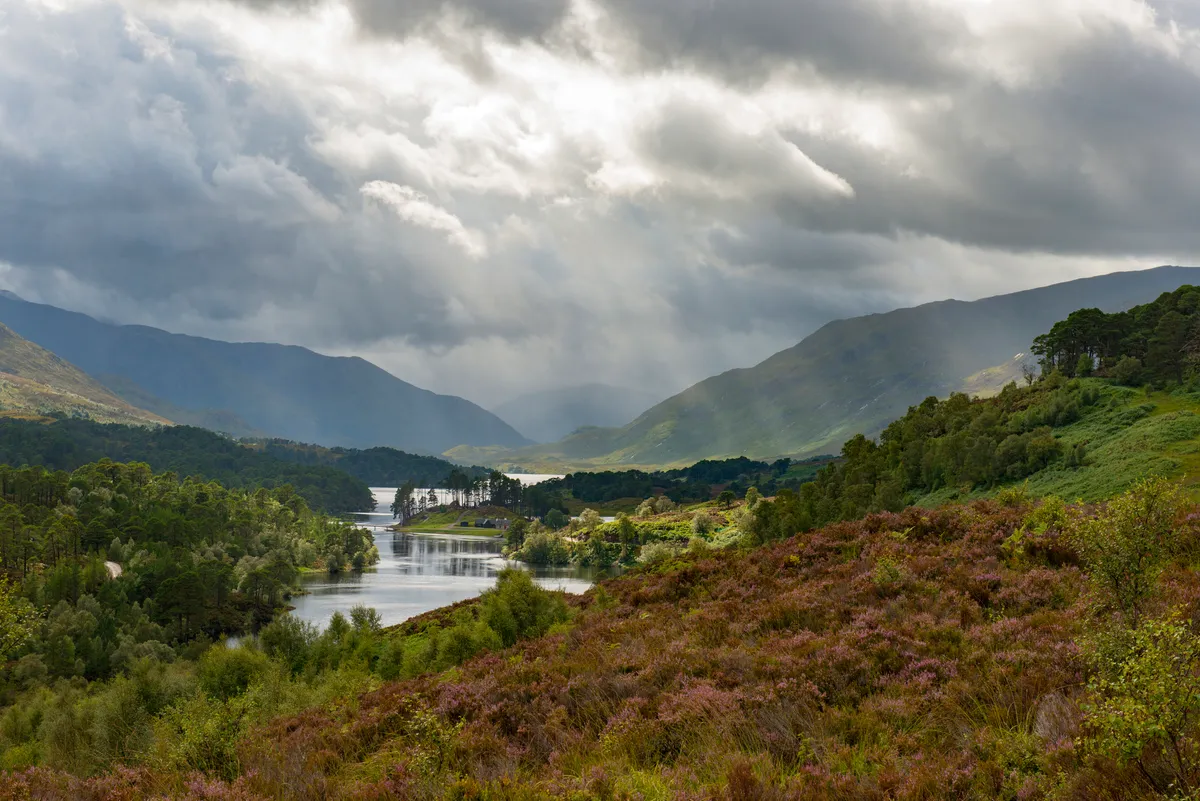
Often hailed as the Highlands’ most beautiful glen, Glen Affric not only boasts shimmering lochs and rugged mountains, but it is also one of the largest remnants of the pine forest that used to cover much of Scotland. For centuries the flanks of the glen were blanketed with birch,rowan and magnificent Caledonian pines.
Make the most of a visit to Glen Affric with our carefully chosen walking route
4. Ingleborough, Yorkshire Dales
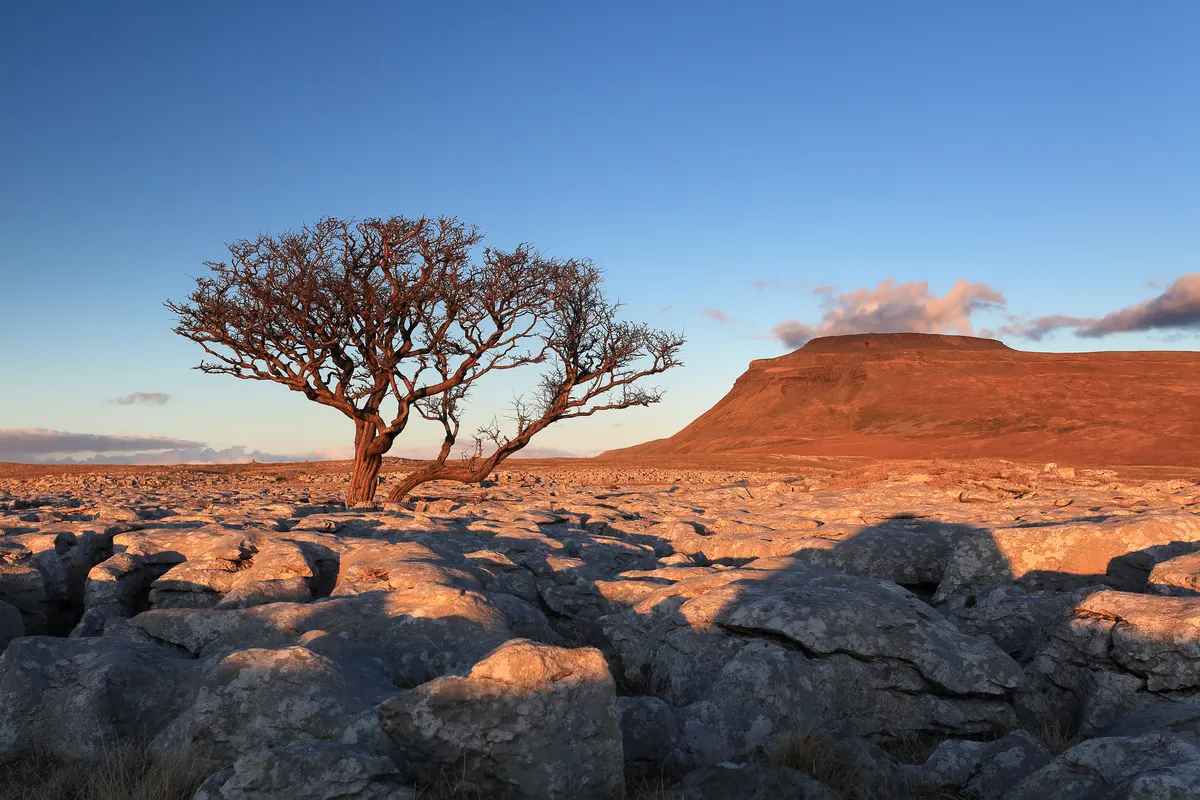
Ingleborough (723m) is the highest of the Yorkshire Dales’ Three Peaks and has always been a favourite.
Take an intriguing walk in the area
5. High Force Waterfall, North Pennines
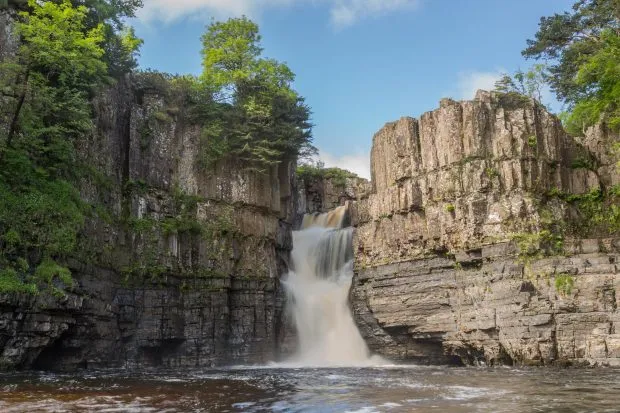
High Force is one of the most impressive waterfalls in England. The River Tees has been plunging into this gorge for thousands of years but the rocks it reveals are far more ancient – with origins dating back over 300 million years.
Find out more with our guide to the best waterfalls in Britain
6. Giant's Causeway, Northern Ireland
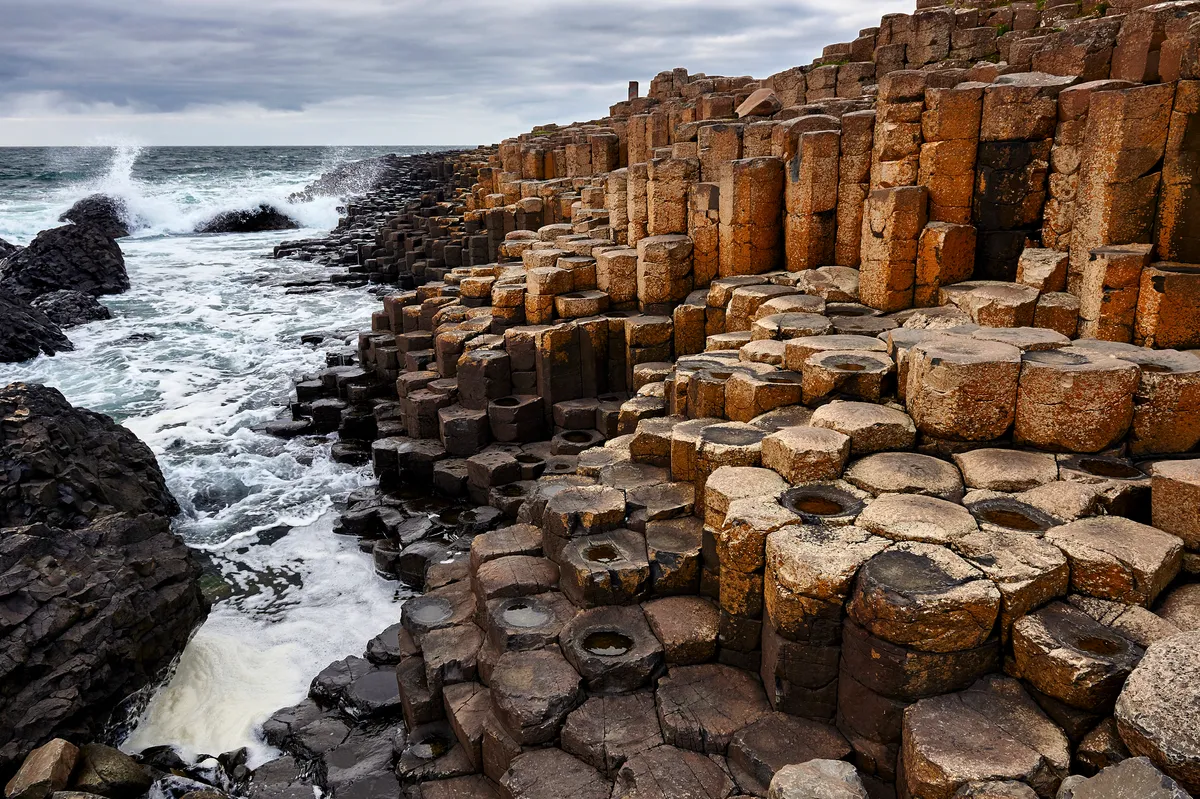
The undeniably impressive Giant’s Causeway is Northern Ireland’s most popular tourist attraction – with 40,000 basalt columns creating an extraordinary coastal marvel. But step off the beaten track and you’ll be able to marvel at this coast’s geology, myths and breathtaking views in virtual solitude.
